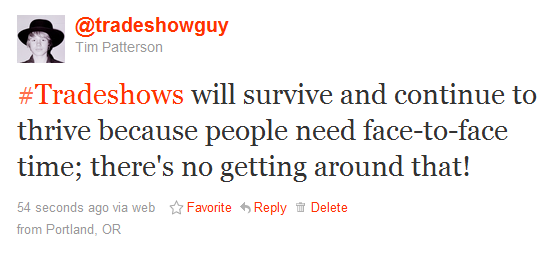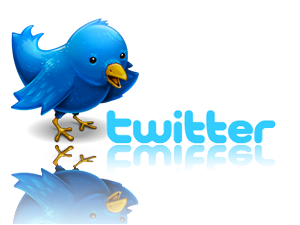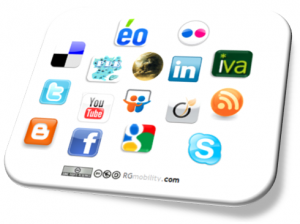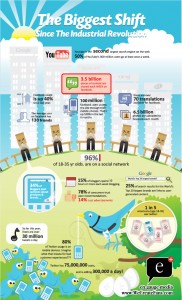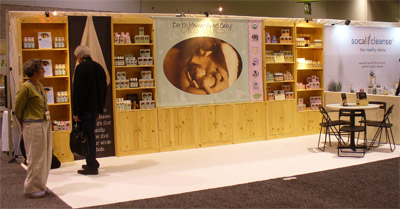The Art of the Event TweetUp
Is there any other activity that is more suitable for social media and events than the Tweetup?
First, what exactly is a tweetup? Basically, the word is a mashup of Twitter and meet-up: tweetup. It’s a great way to use the power of Twitter and the short-term event, such as a conference or tradeshow.
So how do you organize a tweetup so that is actually works and pulls in people without getting too confused or overrun?
The first tweetup I tried to attend was at Natural Products Expo West around 2008. I tracked the invitations on Twitter, added it to my calendar and – well, I didn’t really know what to expect.
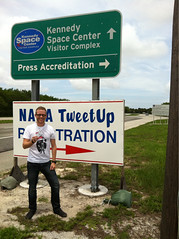
But it didn’t happen. At least I couldn’t find it. The problem was that it was scheduled for the bar at the Anaheim Hilton – a nice bar, indeed. In fact, the bar manager was one of the folks who was participating in the organizing of the tweetup. He had caught wind of it on Twitter and offered to help, although he didn’t actually start the process.
Upon arrival, I found the bar packed with a few hundred people. It’s just off the main entrance, near the lobby, so not only were the bar patrons hanging out, there were dozens of people walking through heading from one place to another.
So where was the tweetup? I asked a few people and got weird looks. ‘Tweetup? What are you smoking?’ I knew what a few of the supposed attendees looked like, thanks to online photos, but didn’t see any of them. After hanging, drinking a beer and looking around some more I called it a night.
The next time I tried to attend a tweetup it went much better. The venue was smaller, more out of the way – although still within walking distance of the convention center – and as a result is was a success. I met a dozen folks that I had previously only met online. It was a terrific fun event. Most of us hung out and yakked for almost two hours as folks came and went. Definitely a memorable evening spent getting to know other people in person.
So what does it take to pull off a successful tweetup? Let’s take a look.
1. Know the venue if at all possible. In fact, if you can visit it ahead of time to scope it out you’ll be way ahead of the game. Does it have enough room if a lot of people show up? Are you going to have enough light to actually meet and greet? Dark bars really aren’t conducive to networking – which is what your event is really all about.
2. Be prepared to have more people show up that you actually anticipate. At a busy tradeshow or convention, the news about tweetups can spread quickly. You should be willing to receive and welcome anyone and everyone that shows up.
3. Bring in a ‘name.’ While some tweetups may be on a smaller and more personal level, if you really want to create a successful tweetup, try and get one of the event’s main speakers to show up – and have them promote their appearance as well.
4. Create an online registration site. If you’re serious about making it a successful event, you might consider creating an online landing page for it, using EventBrite or Meetup.com or Twtvite.com to organize details, register attendees (even if free) and give a better impression to potential attendees. Even small events where you’re only looking for a couple of dozen people can benefit from these types of tools. (A quick check of Twtvite.com shows that it’s designed specifically for tweetups – I’d start there for my next tweetup!)
5. Ask yourself: what do I really want out of this event? Do you want it to be a party? In that case, you might want to schedule a bigger event with a DJ. Do you want a smaller, more intimate event? Make a point of inviting specific people that you’d like to attend, get their confirmation (you might even do some of the legwork via email to make your contact more pointed and personal) so you know they’ll be there.
6. Support the actual ‘business’ of the event. Make sure that the event has free wi-fi in place. Not every one has an iPhone or other 3G/4G network access. Having free wi-fi will at least keep the 3G network from dragging down to a crawl. The most natural thing to do at a tweetup is to take photos and post them immediately – make sure that your attendees have the ability to easily do that. Also, bring plenty of business cards and be prepared to swap them by the dozen.
7. Get there early to make sure all is as it should be. You might even pop for some munchies to get things going. If you’re going to provide for food, let the attendees know. If not, also let them know they’re on their own.
8. Provide nametags and pens. Ask that everyone puts their Twitter handle on the nametag along with their first name.
9. Talk to everyone. As the organizer, it’s your job to make everyone feel welcome, from the most well-known person there, to the geeky kid just out of high school. Wallflowers need not apply.
10. If you can create a ‘hook’ for the tweetup, do it. Having a purpose helps bring people there that may have otherwise decided they’d rather stay in their hotel room and watch HBO. Perhaps it’s the DJ. Or a guest speaker. Or a dress-up event. Or tradeshow managers so you can swap tips. Whatever.
11. Build the buzz! Plan on promoting on Twitter intensely for no more than a couple of weeks. Yes, you can mention it before that, but most people plan their events as they ramp up during the few weeks prior. Most of your juice will come in the few days leading up to the event. And of course feel free to send direct messages or email to folks that you really want to come.
12. Create a unique hashtag for the event so you can track conversation about it before, during and after the tweetup. It’ll help you gauge how successful it really was.
Have fun, learn from the experience and use those lessons learned the next time around!

